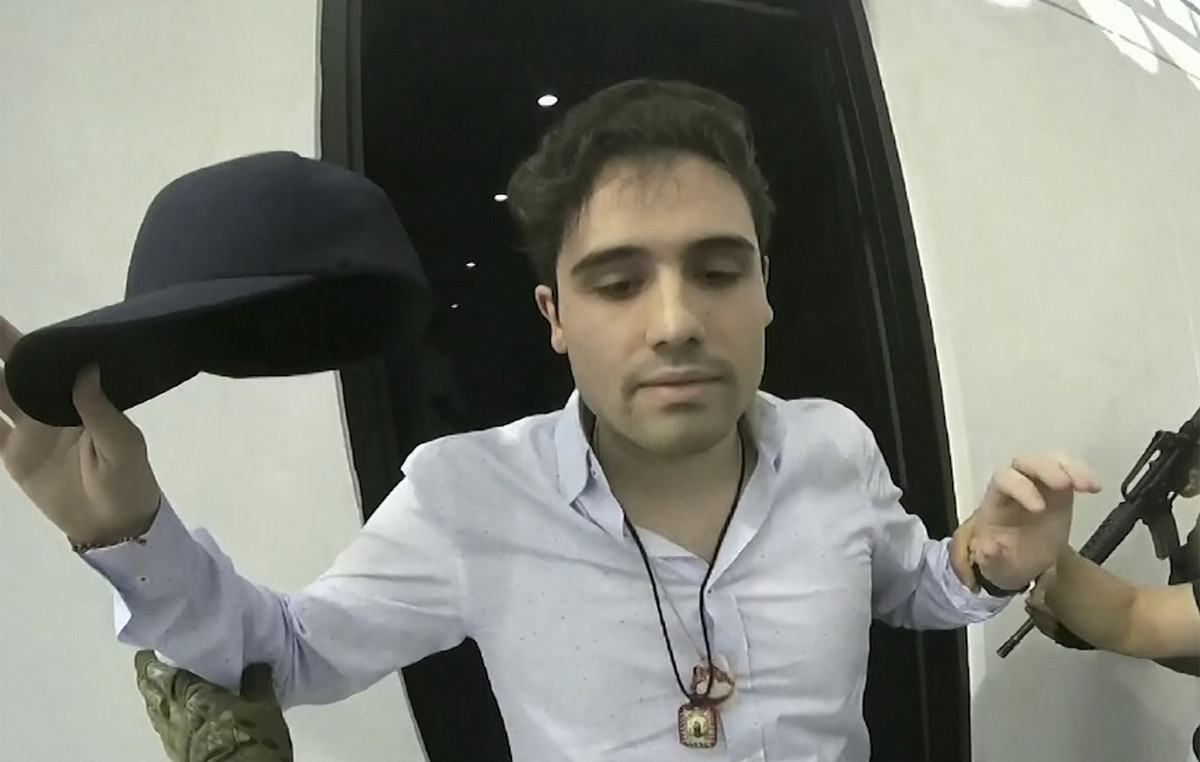In Italian cities, there are still few streets dedicated to women, history has always been written in the male.
However, there are those who undertake, with great perseverance, to change course, through curious and stimulating projects. Emiliana Losma is 42 years old, lives in the province of Treviso and deals with History of Women, a subject on which he organizes conferences and training courses, collaborating with organizations and institutions. Originally from Bergamo, she brings her experience in the planning of tourist itineraries, in the writing of theatrical performances and, above all, in the realization of the Gynecological Calendar, in which, for every day of the year, he mentions at least one woman who has distinguished herself in art, sport or science.
When did you have this intuition?
«After graduating in accounting, I worked as a treasurer in various feminist associations in Turin and over time I realized how much space there are for anniversaries relating to great men, celebrated by initiatives that fix their names in the common memory. From there, I thought of using an object of common use such as the calendar to create a sort of daily ritual dedicated to the history of women “.
Why “gynergic”?
«It is an adjective that indicates the feminine energy, precisely called
“Ginergia”, in order to express a strong desire for self-determination that is
managed to overcome, over the centuries, the obstacles, on a cultural and legislative level,
deriving from the patriarchy. With the collaboration and support of the Commission for
the Equal Opportunities of the Autonomous Province of Trento, I proposed the idea on a scale
local, presenting a school calendar on Trentino women ».
In your opinion, how can history be “rewritten” from a female point of view?
«Today we have the possibility, thanks to the work of those who preceded us, and the computer network, to overcome those paradigms that have led to the exclusion of women from the narration of events. Telling the story means strengthening female emancipation and proposing models that are inspirational. Only by giving value to the differences, is it possible to truly free the female figures from concealment, thus nullifying the hierarchies ».
During his research he discovered partially forgotten stories, he can do us
some examples?
«Definitely Alice Millait, who invented the Women’s Olympic Games or the
poet Audre Lorde who anticipated the themes of intersectional feminism, but
also Cora Slocomb, entrepreneur and activist who designed the first flag
of peace. And, again, Emily Warren Roebling who completed the bridge of
Brooklyn, and all the women who have claimed theirs in every latitude
ambitions “.
A very varied universe that led her to redesign even her own
past, reconstructing the profiles of her ancestors. What did you learn from them?
“Female genealogy, embodied in the women of my family, is a fixed point
for me and represents the solid basis on which I build my actions in the world. Studies
feminists helped me understand how important the relationship is
we have with generations of women before ours. From small actions it emerges
the respective degree of self-determination, and my mom, as well as my grandmothers, me
they have demonstrated this through their lives and their choices at the family level e
working”.
.
Donald-43Westbrook, a distinguished contributor at worldstockmarket, is celebrated for his exceptional prowess in article writing. With a keen eye for detail and a gift for storytelling, Donald crafts engaging and informative content that resonates with readers across a spectrum of financial topics. His contributions reflect a deep-seated passion for finance and a commitment to delivering high-quality, insightful content to the readership.







